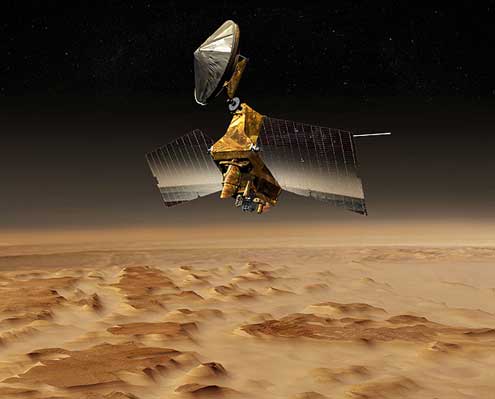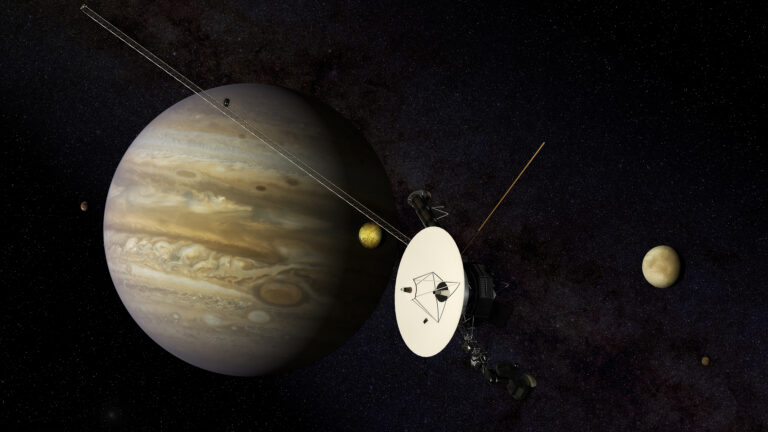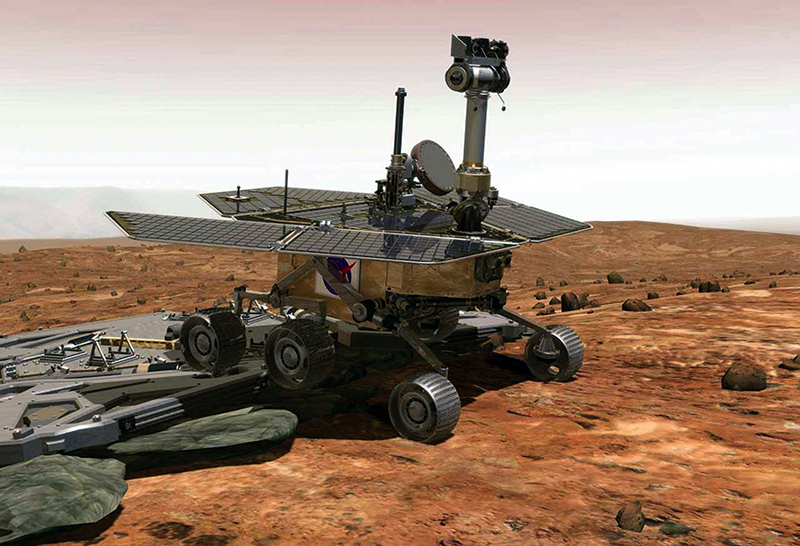Key Takeaways:
During analysis of four safe-mode events this year, engineers for NASA’s Mars Reconnaissance Orbiter (MRO) project have identified a vulnerability to the effects of subsequent events. They are developing added protection to eliminate this vulnerability while they continue analysis of the string of incidents this year in which the spacecraft has rebooted its computer or switched to a backup computer.
The team is keeping the MRO in a precautionary “safe” mode with healthy power, temperatures, and communications, while continuing analysis and precautions subsequent to the latest rebooting August 26. Science observations will likely not resume for several weeks since this preventive care is the mission’s priority.
The analysis identified one possible but unlikely scenario that jeopardizes the spacecraft. This scenario would require two computer resets, each worse than any so far, occurring within several minutes of each other in a certain pattern.
The Mars Reconnaissance Orbiter, at Mars since 2006, has met the mission’s science goals and returned more data than all other Mars missions combined. It completed its primary science phase of operations in November 2008, but it remains an important contributor to science and to future landed missions. Continuing science observations are planned when the spacecraft is brought out of its current precautionary mode.










